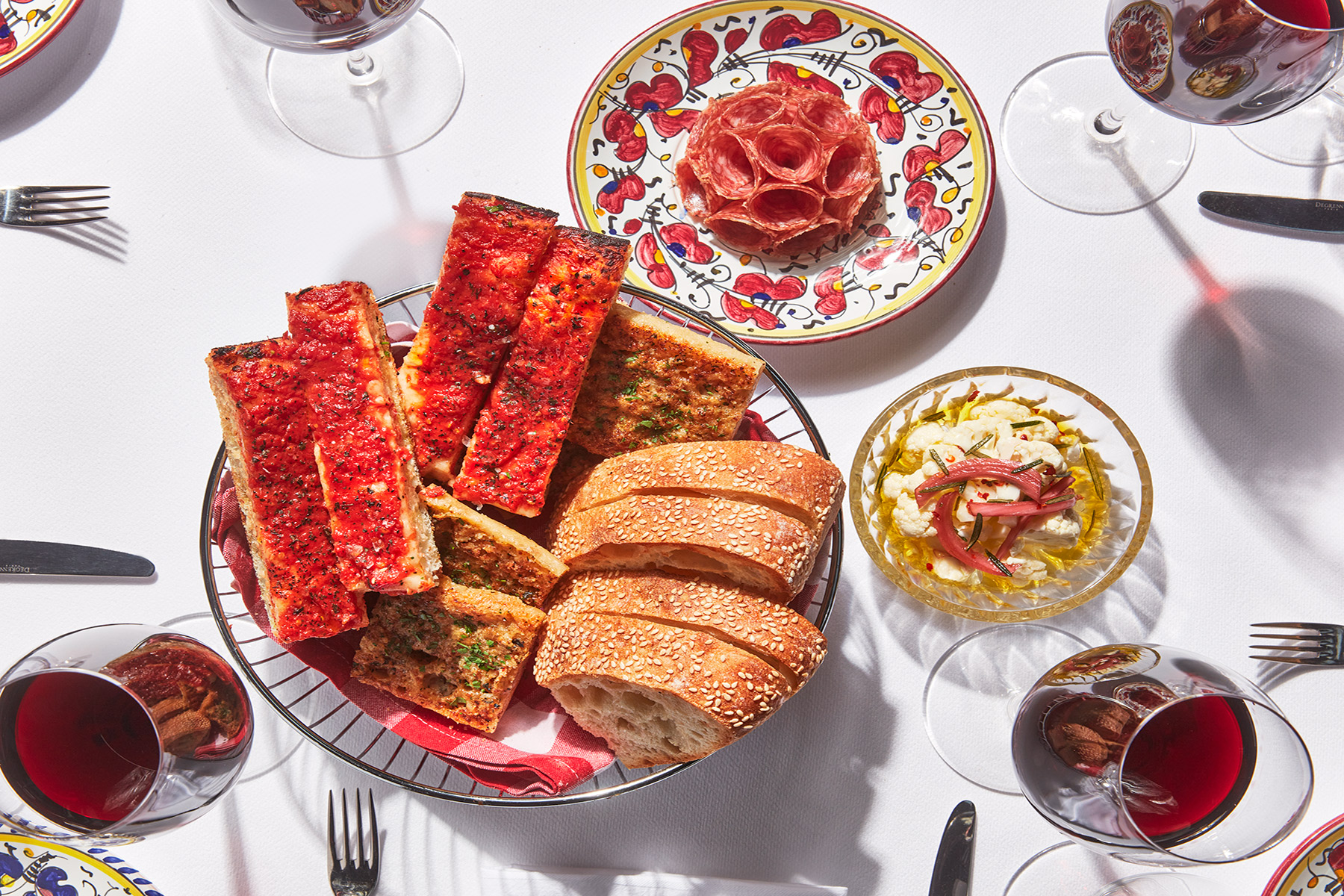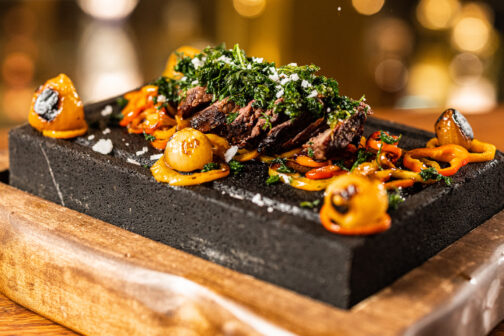Carbone did not need to be a good restaurant. Smaller operations, without name recognition or established reputations, must serve good food and memorable experiences to survive. But all Carbone needed to do when it opened a Dallas location in March was let everyone know that it is from New York.
Dallasites still revere cooking from the coasts, believing that a restaurant from New York or Los Angeles can help transport us from our provincial backwater. If a chef arrives in town claiming to have once peeled a potato at Per Se, someone will give him the keys to their own kitchen.
Carbone is a big brand; its New York original is Michelin-starred. Foodies nationwide gossip about its combination of old-school Italian American charm—bow-tied waiters, crooning soundtrack, spicy rigatoni alla vodka—and sky-high prices. (That rigatoni? $33.)
With that kind of reputation, the only effort Carbone needed to make was to open its doors. Thankfully, it does considerably more. Its best dishes are very good, and the ambience it creates is worth the whispers. At times, it feels so much like a movie set that you expect Joe Pesci to walk over and ask if you think he’s funny. But the magic spell only works if you are willing to fall under it—and if the restaurant casts it properly.
Confident that everyone will rush to make reservations, Carbone doesn’t advertise much about its experience. The 2-foot-long menu is so spare in its descriptions that this restaurant review should come with a spoiler alert. Should I reveal what free snacks arrive alongside the bread? Would it kill the surprise to say what they do with the hulking wheels of Parmesan resting on side tables? Should I disclose what exactly is in octopus pizzaiolo or bass Alison? Dare I point out that the desserts on the trolley bear no resemblance whatsoever to the actual plated desserts?
No. Instead let’s begin with the foods that harbor no secrets.
Start, for instance, with Caesar salad, which servers prepare tableside by mixing the dressing first and tossing in the lettuce second. It’s a little too creamy-sweet for me—though anchovies are added whole as a garnish—but it’s redeemed by humongous croutons and a Bronx-in-February blizzard of Parmesan cheese.
And then things keep getting better. The meatballs, topped with fried basil leaves, are every bit as good as everyone says, with a crumbly, barely-held-together texture that lets you know they were made fresh that day. They taste genuinely meaty, too. I can’t think of better meatballs anywhere.
The best way to think of Carbone is not as a restaurant but as a night at the theater.
The octopus pizzaiolo is a treat of chargrilled tentacles, sweet and spicy peppers, cherry tomatoes, and fried garlic chips so thin you can see through them. Orecchiette vito will be a good wintertime dish, with a bitter broccoli raab pesto coating the pasta and sausage.
The pricy spicy rigatoni alla vodka is perfectly nice, too. Almost everything in the sauce is cooked down so long that it practically melts, so the bowl is just noodles, a few caramelized onions, and a sauce that’s gently hot and deeply flavored.
We also cleaned the plate of whole branzino, served partially filleted with crispy chargrilled skin. It’s a choose-your-own-adventure dish served with three sauces to try: herbaceous salsa verde, lemon butter, and (my favorite) a mix of red peppers and pine nuts. I say “partially” filleted, by the way, because the only blemish was a mouthful of bones.
Here is one surprise I will happily spoil: the reason why the veal marsala is $72. It’s a thick-cut whole veal chop served on the bone, sized for sharing. Topped with a dark, heavy sauce of finely diced mushrooms and a fan of whole roasted oyster mushroom, it’s one of the uglier plates of food you’ll ever see. But put your phone’s camera away and dig in because the taste is spectacular.
A less joyful plot twist: the still in “Still or sparkling?” is code for Acqua Panna, and you’ll get a $9 charge per person. Ask for Dallas’ finest or save the hydration for later, and stick to the bar’s superb cinnamon-spiced rye Manhattans.
Dessert brings more surprises. A thin slice of carrot cake arrives twisted into a spiral and loaded with brown raisins. It’s easy to see why many people will love it, although I’m a carrot cake minimalist, so I’ll keep to the ultra-lemony cheesecake instead.
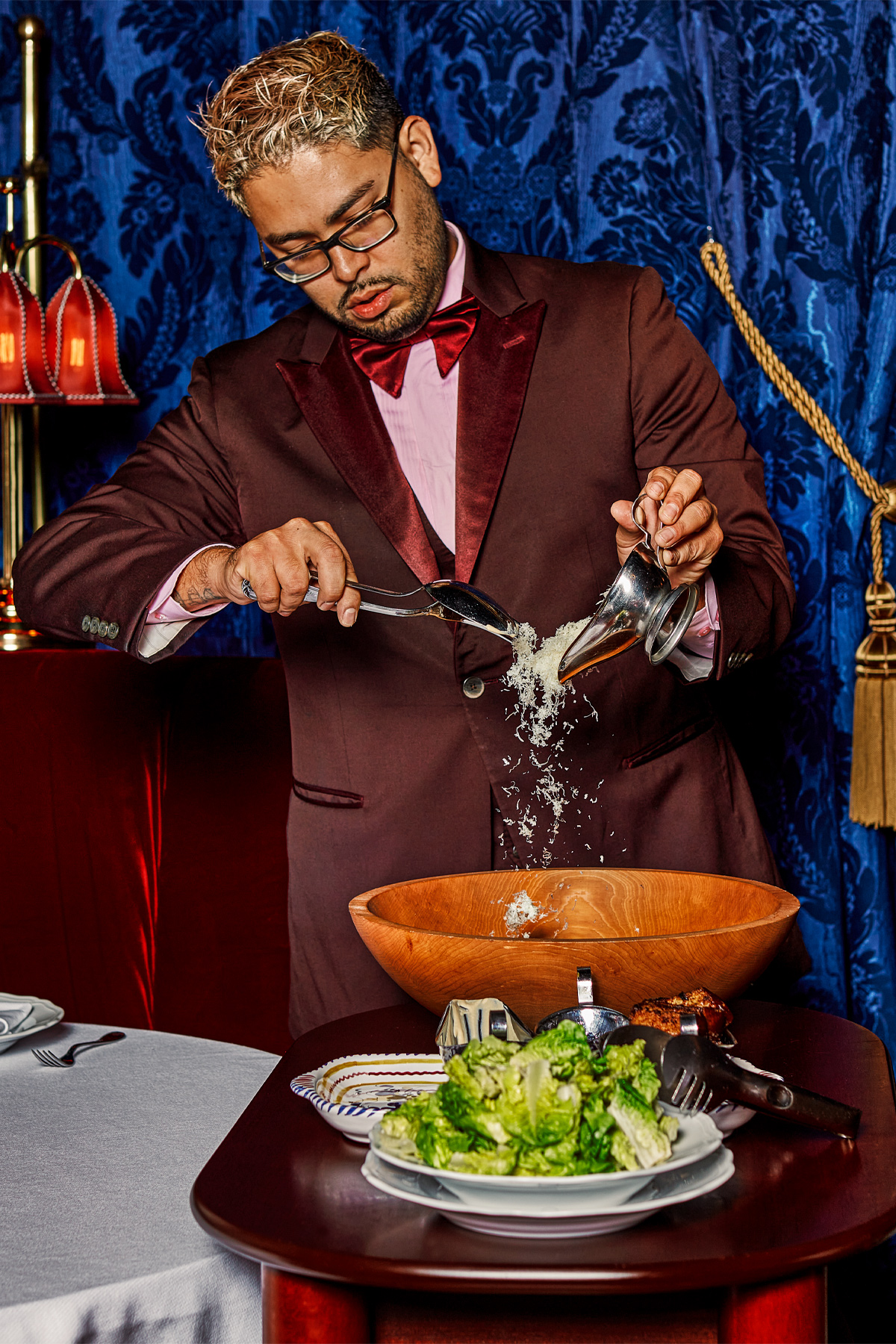
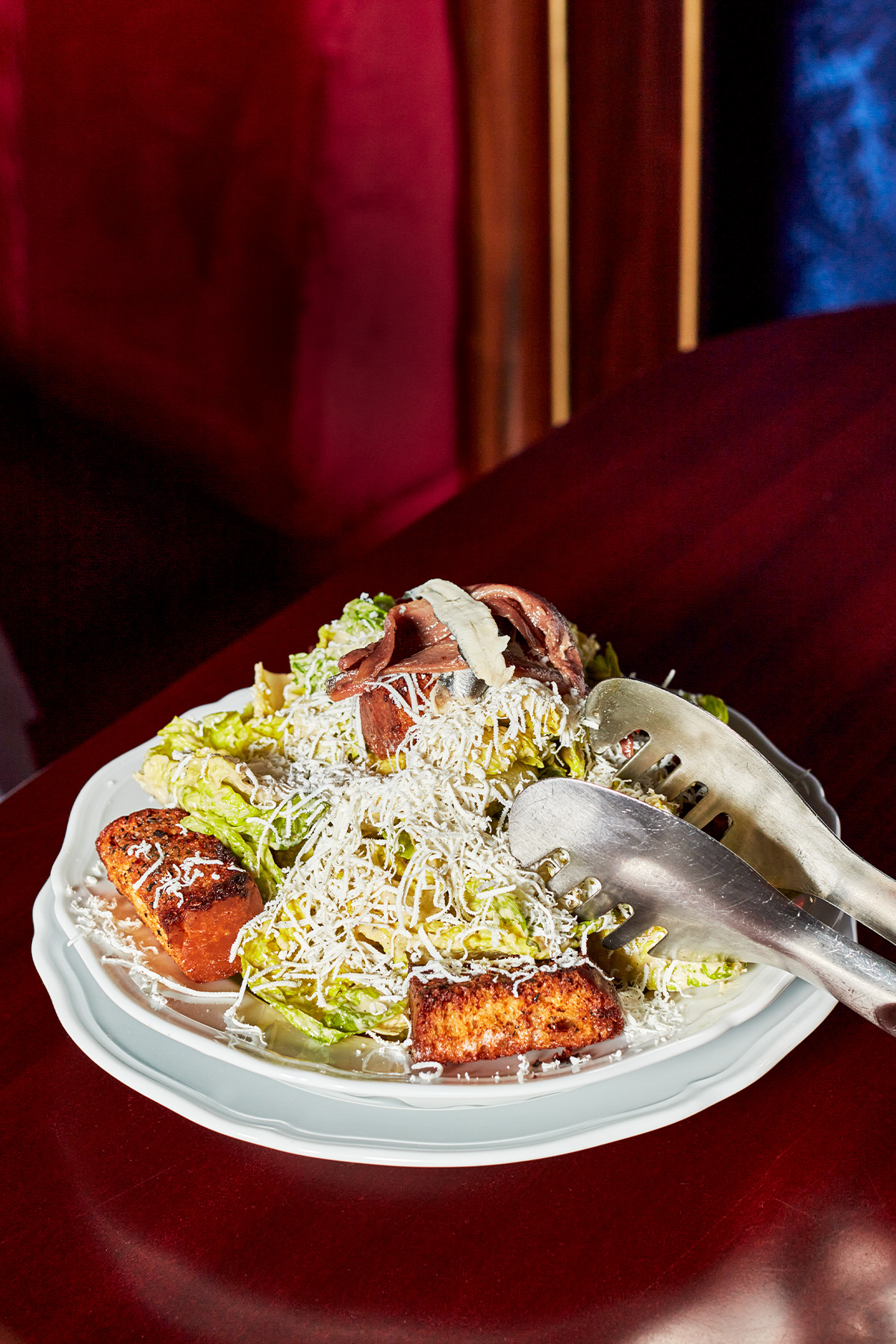
Tiramisu is also reimagined here as a kind of booze-soaked, many-layered tres leches cake. One enormous ladyfinger biscuit sits on top like a log. Looking at it, I wasn’t sure if we were meant to eat it. Chewing through its foamy texture did not answer the question.
That ladyfinger is not the only big miss at Carbone. We dug in excitedly to carpaccio Piemontese, only to find the raw beef squishy and the walnut topping excessive. The kitchen seemed to have decided to forgo salt entirely in favor of garlic.
Given the immersive experience and the sky-high prices, the best way to think of Carbone is not as a restaurant but as a night at the theater. It’s an immersive show, and you’re onstage. If you start with a drink at affiliated wine bar Vino next door, the performance is complete with costumes, flourishes, set changes, and plot twists. The indoor set is lavish in a midcentury way. But much of the seating at both Carbone and Vino is on the patio, an ugly industrial brick space that ownership is trying hard to make appealing. In high summer, the task is impossible.
Carbone’s v. Carbone
Carbone’s with an “S” opened in Dallas on Oak Lawn Avenue in 2012; Carbone, no “S,” opened in New York in 2013 and is now expanding across the country. Both restaurants sell classic Italian American food, play Frank Sinatra songs, and package pasta sauces for use by home cooks. They’re remarkably similar businesses with remarkably similar names, which is why Julian Barsotti’s Carbone’s has sued Major Food Group’s Carbone alleging trademark infringement. (More on that right here.) Capiche?
For some diners, the theatrical element at Carbone is the main draw. For others, it will be a turnoff. Indeed, the restaurant’s whole business model leads us to philosophical questions about the meaning of words like “worth” and “value.” Whether the Carbone experience is worth it is subjective, dependent on your priorities.
You may want the full-on Carbone experience, or you may prefer your spaghetti without so much fuss. You may want to lose yourself in this food-world fantasy, or you may spend the rest of the week grumbling about how you just spent $21 on minestrone. You may enjoy the enthusiastic servers and their constant attention, or you may be like the person at my table who complained, “They keep moving my shit.”
Whether you should go really depends on which type of person you are. But it also depends on the biggest secret that Carbone is keeping from every customer: whether or not it likes you.
One night, unable to make a reservation myself, I tagged along with a known VIP. He asked the sommelier to surprise him with a wine, and we drank an extraordinary bottle of 2013 Montepulciano d’Abruzzo. At the end of the meal, my VIP friend whispered something to our server about limoncello, and two glasses magically appeared, free of charge.
A month later, though, I snagged a reservation without VIP assistance, under a pseudonym. The difference was stark. When we asked for that famous rigatoni, our server immediately began pressuring us to order a second plate. “Once you’ve tried it, you’re going to want more. And the kitchen won’t make you more unless you order it now.” We took the risk and skipped the upcharge.
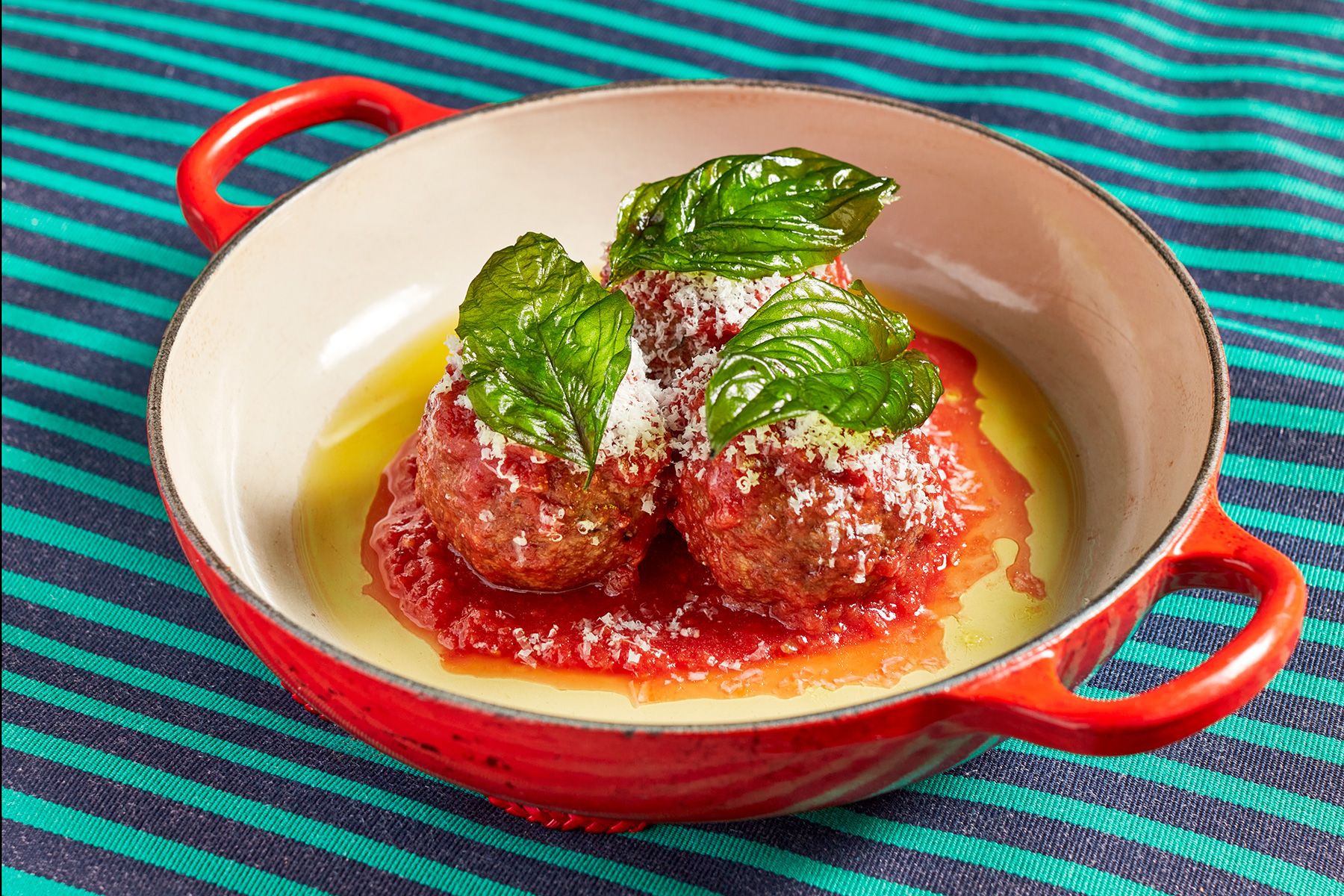
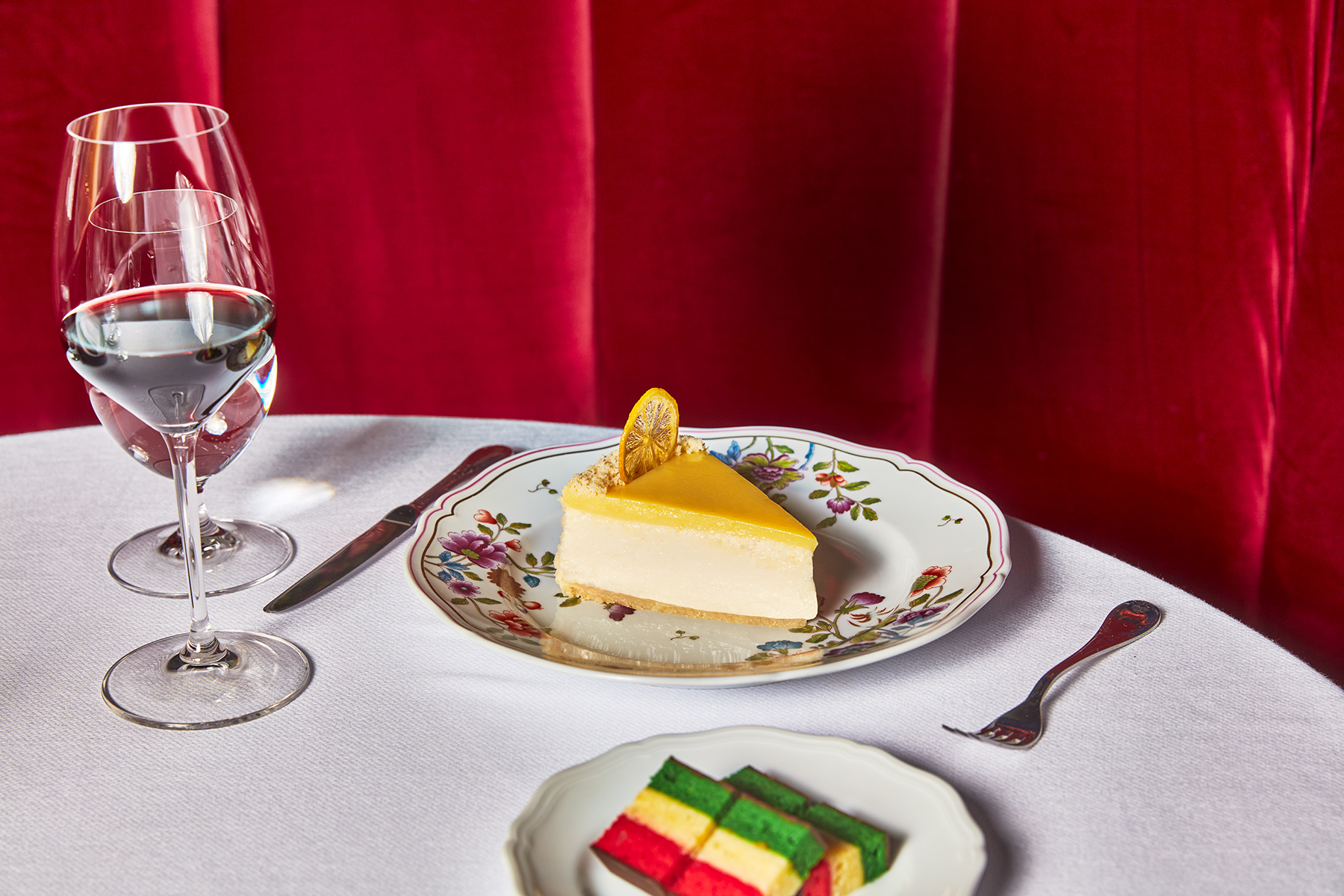
We asked the sommelier to surprise us with a wine, and she leaned forward conspiratorially to share a secret. Pulling the wine list away from me, she said, “There’s a Chablis mispriced on our menu. It’s supposed to be $320, but it’s listed at $128. So it’s an amazing deal.” We couldn’t say no to that, could we? Along came our bottle, a Domaine Drouhin Vaudon Chablis, vintage 2020. The label was presented to me: no specific cuvée, nickname, or single vineyard.
It was good wine. But an amazing deal on a $320 bottle? That was either a misunderstanding or a used-car salesman trick. The wine retails at Pogo’s for $26.99. (After this story went to press, a representative for Carbone confirmed that the sommelier in question was fired over an unrelated incident.)
At the end of that meal, we whispered something to our server about limoncello and got charged $18 per person.
Sometimes you get the good seats, sometimes you get the cheap seats. That’s how it is at the dinner theater. When Carbone wants to turn on the charm, it can be an immersive retro dining fantasy. It can seamlessly blend together all the elements—hospitality, atmosphere, food—into a restaurant that’s practically a tourist attraction.
But if anything goes wrong—if you order the wrong dessert, sit on a hot patio in long pants, or get hustled by the waitstaff—the spell is broken. And then you remember that this is Dallas, where the most important part of a theatrical production is the hype.
This story originally ran in the August issue of D Magazine with the headline, “La Dolce Vita.” Email [email protected].
Author



